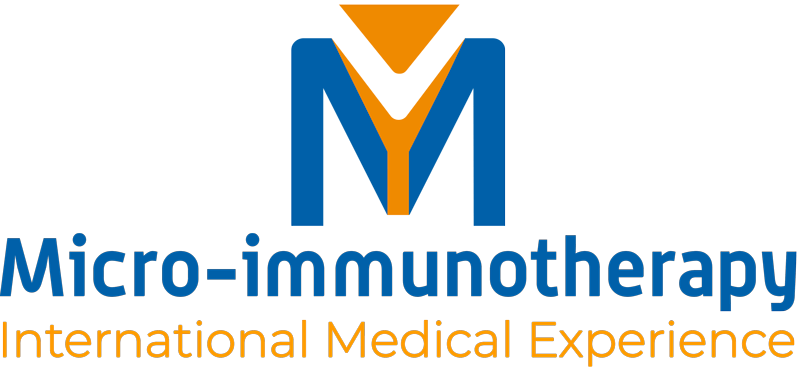(If you click on it, you will go directly to that part of the post)
What is Parkinson’s Disease?
Parkinson’s disease (PD) is a disease of the central nervous system caused by neuronal cell death that manifests itself primarily through movement disorders such as stiffness or tremors. It usually progresses slowly and often leads to the affected person increasingly losing their independence and becoming dependent on help. There is currently no cure for Parkinson’s disease, but there are various treatment options to slow down the worsening of the symptoms.
What are Parkinson’s Most Common Symptoms?

Neuronal cell death usually begins far before the first noticeable symptoms. Doctors assume that up to 12 years can pass before the signs of the disease become apparent. In addition, the course of the symptoms varies from patient to patient. When making a diagnosis, a distinction is made between main symptoms and accompanying symptoms.
Main Symptoms Of Parkinson’s Disease
Accompanying Symptoms of Parkinson’s Disease
What Causes Parkinson’s Disease?
In Parkinson’s disease, certain cells in the brain die. What exactly triggers this process is not yet clearly understood. The nerve cells in the brain (neurons) are connected to each other via a multitude of contact points, which enables them to receive, transmit and process stimuli. Communication between individual cells is carried out by messenger substances. Dopamine, acetylcholine and glutamate are messenger substances that play a particularly important role in controlling body movements. This complex system is meticulously coordinated. If the balance between messenger substances gets out of control due to neuronal cell death and the associated dysregulation of substance release, information transmission is impaired, leading to motor dysfunction.
The exact causes of Parkinson’s remain to be elucidated. Nevertheless, it is assumed that various risk factors may be involved in its development such as genetic and environmental factors, ageing or viral infections. In addition, there is growing evidence that dysregulated immune reactions and chronic inflammation in the central nervous system may contribute to the progression of the disease.
Inflammation And Immune Dysfunction In Parkinson’s Disease
Brain tissue is composed of neurons and glial cells, which include the microglia, the primary immune cells of the central nervous system, i.e. astrocytes and macrophages with phagocytic function which recognise antigens. Immune components reach the various tissues in the body through the bloodstream. However, the nervous system is endowed with a highly selective blood-brain barrier which prevents the penetration of immune substances.
A post-mortem study demonstrated the presence of activated microglia in Parkinson’s disease, thus suggesting a comorbid role of inflammation. Microglia activate when pathogens or abnormal protein accumulation are detected. The corresponding antigens are presented to other immune cells, i.e. T cells. Microglia also produce inflammatory mediators that can trigger inflammatory cascades. As long as this inflammatory response is balanced, it protects the body from pathogens and is thus beneficial. However, an excessive response can cause brain cell damage and contribute to the onset and progression of Parkinson’s disease. Hence it is important to regulate these immune mechanisms in the prevention and treatment of the disease.
Treatment Options For Parkinson’s Disease
Even though Parkinson’s disease cannot be cured so far, patients can often lead a normal life without significant restrictions thanks to modern therapies. Since the severity and course of Parkinson’s disease can vary from patient to patient, the treatment must also be adapted to the individual person. Treatment usually consists of medication and other measures. These include physiotherapy, speech exercises, movement therapy and psychological counseling.
Can Micro-immunotherapy Be of Help In the Treatment of Parkinson’s?

In Parkinson’s, micro-immunotherapy can help to limit and slow down the course of the disease. Micro-immunotherapy uses specific nucleic acids and immune messengers such as cytokines, which are administered sequentially in low and ultra-low doses. The aim is to regulate inflammatory pathways in order to balance them towards a healthy, protective level, thus contributing to minimizing the symptoms.
In addition, many patients develop depression in the course of Parkinson’s disease. In this context, micro-immunotherapy can restore the balance between the immune, the nervous and the hormonal system, and help improve the patient’s quality of life and well-being.
- X. Su and H. J. Federoff, “Immune responses in parkinson’s disease: Interplay between central and peripheral immune systems,” Biomed Res. Int., vol. 2014, Article ID: 275178, 2014.
- R. Lee Mosley, Jessica A. Hutter-Saunders, David K. Stone, and Howard E. Gendelman. Inflammation and Adaptive Immunity in Parkinson’s Disease. Cold Spring Harb Perspect Med. Jan 2012; 2(1): a009381.
